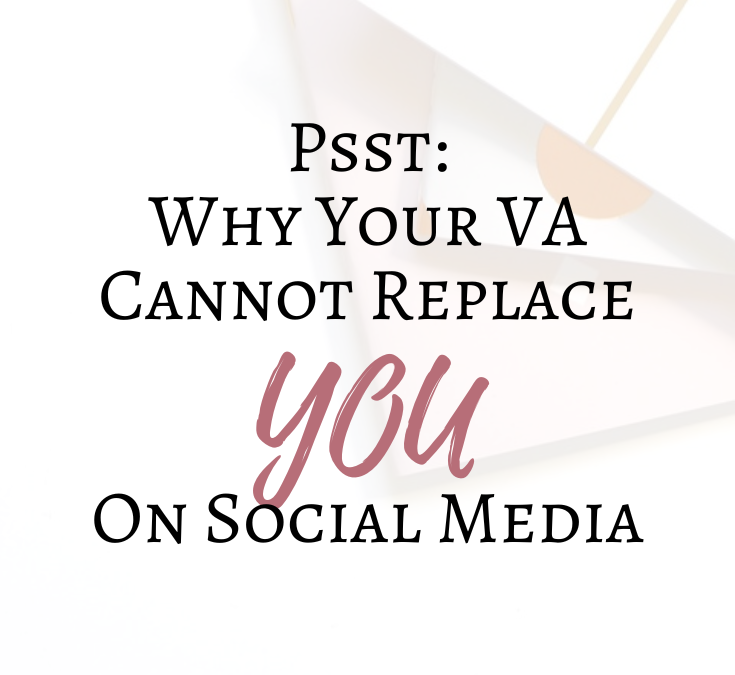
Troubleshooting: When AI Gets It Wrong
AI can be a fantastic helper—but it’s not perfect. Sometimes it repeats itself, misunderstands what you want, or gives you outdated or just plain wrong information. That’s frustrating, especially when you’re trying to get things done quickly. The good news? There are ways to reduce these issues, troubleshoot when things go sideways, and know what to do when AI isn’t quite right.
Common AI Challenges
One big annoyance is repetition. You ask something, and the AI gives you the same idea again—sometimes just reworded, sometimes exactly the same. It can feel like talking in circles. Another common problem is when AI misses the point of what you’re asking, leading to answers that don’t quite fit your needs. And then there’s the issue of incorrect or outdated info. A perfect example? Up until very recently, AI was insisting that ‘oreo’ spelled backwards was still ‘oreo’ – and went so far as to say it was a palindrome – and it definitely is not. Apparently that’s been corrected, so you probably won’t get to witness this specific example. Finally, sometimes AI just gets things flat-out wrong, even simple stuff.
How You Can Reduce These Issues
Be clear and specific with your prompts. The more detail you give, the less room there is for misunderstanding. If your topic is complex, break it down into smaller questions instead of one big lump of info. Tell the AI exactly how you want your answer—maybe you want it short, friendly, or with bullet points. You can even ask it not to repeat itself or to check with you if it’s unsure what you mean.
Troubleshooting Tips
If the AI starts repeating or missing the mark, don’t hesitate to rephrase your question. Add more context or explain your goal again. Ask the AI to confirm what it thinks you mean; this small step can save lots of time – otherwise you’ll be going in circles. You can also ask for examples to make the results clearer.
When AI Gets It Wrong
Remember that AI isn’t a perfect source of truth. Always double-check important facts on your own. If you spot mistakes, point them out during your conversation to help guide the AI. And most importantly, treat AI as a helpful assistant—not the boss. Use your judgment alongside what it provides. It takes a little patience, but with the right prompts and a bit of back-and-forth, AI can become a trusted partner in your work.

Love the idea of using AI, but don’t have time to delve deep? I work with AI daily – let’s chat! Book a call here.





